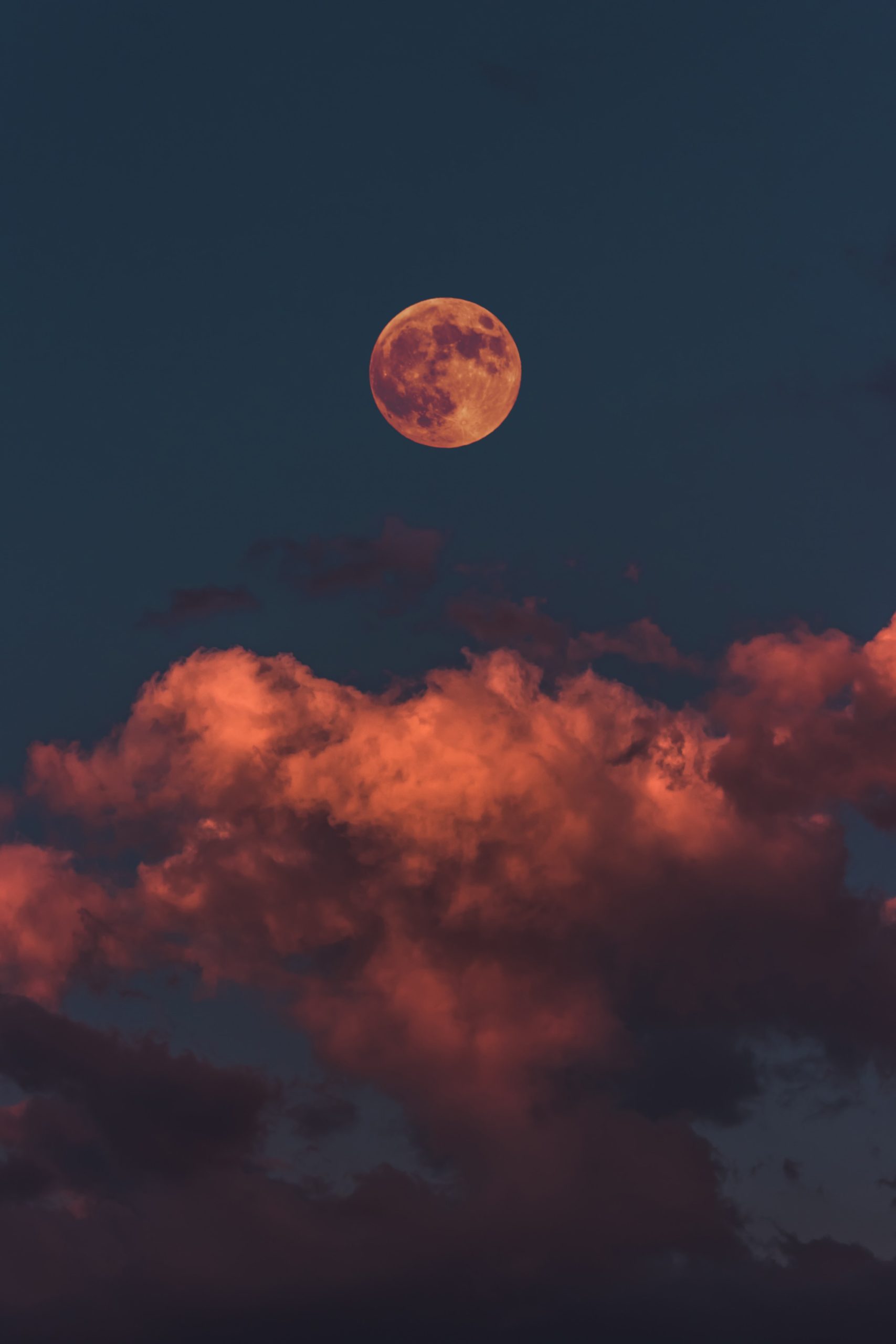How Many Days in a Lunar Cycle?
The moon has always captivated the human imagination, with its serene beauty and an ever-changing appearance. One of the most intriguing aspects of the moon is its lunar cycle, which refers to the period it takes the moon to complete one orbit around the Earth. But how long exactly is this lunar cycle? In this blog post, we will explore the intricacies of the lunar cycle and uncover the number of days it lasts.
Understanding the Lunar Cycle
Before we delve into the duration of a lunar cycle, it is important to understand the basic concept behind it. The lunar cycle is determined by the moon’s relative position with respect to the Sun and the Earth. As the moon orbits the Earth, different portions of its illuminated side become visible to us on Earth, resulting in the various moon phases we observe.
The lunar month or the lunar cycle is the time it takes for the moon to go through all of its phases, from new moon to new moon. These phases include the waxing crescent, first quarter, waxing gibbous, full moon, waning gibbous, third quarter, and waning crescent. Each phase lasts for different durations, contributing to the overall length of the lunar cycle.
Variations in the Duration
The number of days in a lunar cycle is not fixed and can vary due to several factors. Generally, the average duration of a lunar cycle is approximately 29.5 days, which is commonly rounded to 29 or 30 days. However, it is crucial to note that this number is an approximation, and the actual length can fluctuate.
The primary reason behind the variation in the duration of the lunar cycle is the elliptical shape of the moon’s orbit around the Earth. Due to this eccentricity, the moon’s speed in its orbit is not constant. The moon moves faster when it is closer to the Earth (perigee) and slower when it is farther away (apogee).
As a result, when the moon is closer to the Earth, it completes its orbit more quickly, leading to a shorter lunar cycle. Conversely, when the moon is farther from the Earth, it takes longer to complete its orbit, resulting in a longer lunar cycle. These variations in speed and distance contribute to the variation in the number of days within a lunar cycle.
Duration of Lunar Cycles
Let’s take a closer look at the different durations of lunar cycles:
| Type of Lunar Cycle | Duration |
|---|---|
| Synodic Month | 29.53059 days |
| Anomalistic Month | 27.55455 days |
| Draconic Month | 27.21222 days |
The most commonly referred to lunar cycle is the synodic month, which relates to the moon’s phases and is what most people commonly understand as the lunar cycle. As mentioned earlier, its average duration is approximately 29.5 days.
On the other hand, the anomalistic month refers to the period between two successive perigees (when the moon is closest to the Earth). It lasts for around 27.555 days. This type of lunar cycle is important for tracking the moon’s proximity to Earth and its effect on tides.
The draconic month, also known as the nodal month, is the time it takes for the moon to return to the same lunar node (the point where the moon’s orbit intersects the ecliptic plane). This duration is approximately 27.212 days.
Influence of Lunar Cycles
The lunar cycle has long been of interest to numerous cultures and has been associated with various beliefs and practices. Many ancient civilizations used the lunar calendar to mark the passage of time and predict different natural phenomena such as tides, seasons, and celestial events.
In addition to cultural and traditional significances, the lunar cycle also influences natural cycles on Earth. For example, lunar phases play a crucial role in determining tides, with the gravitational force exerted by the moon causing the rise and fall of oceanic water levels.
Moreover, the lunar cycle is sometimes associated with human behavior and emotions. Despite lacking scientific evidence, many people believe that certain moon phases, such as the full moon, can affect human mood, sleep patterns, and even fertility.
Conclusion
The number of days in a lunar cycle varies due to the moon’s fluctuating speed and distance from the Earth. While the average duration of a lunar cycle is approximately 29.5 days, it can range from 29 to 30 days. Understanding the nuances of lunar cycles allows us to appreciate the moon’s celestial dance and its impact on various aspects of life on Earth.
Whether you gaze up at the moon to admire its serene beauty or study its impact on tidal rhythms, knowing the duration of a lunar cycle adds to the wonder and appreciation of our celestial companion.
Table of Contents
